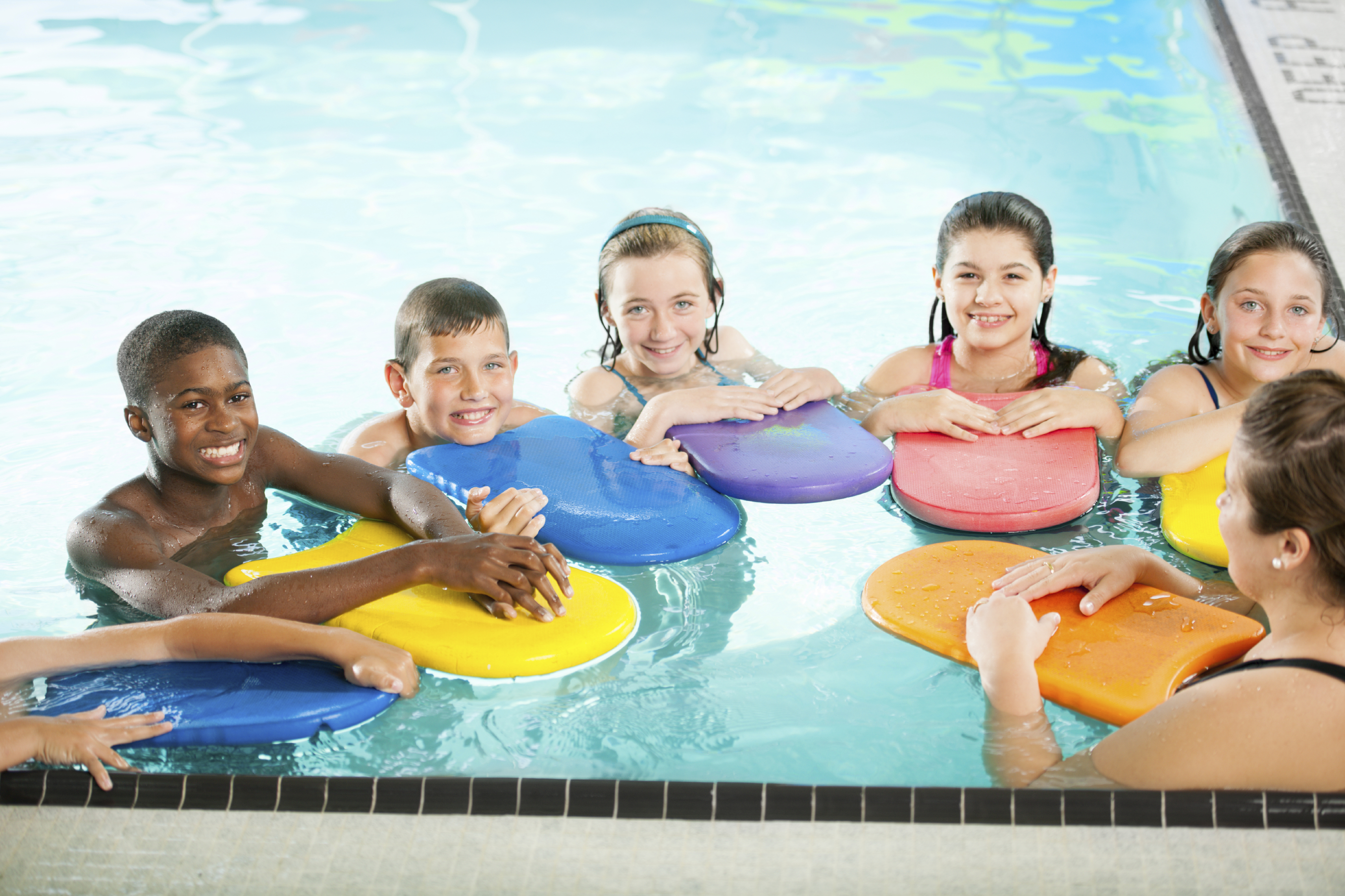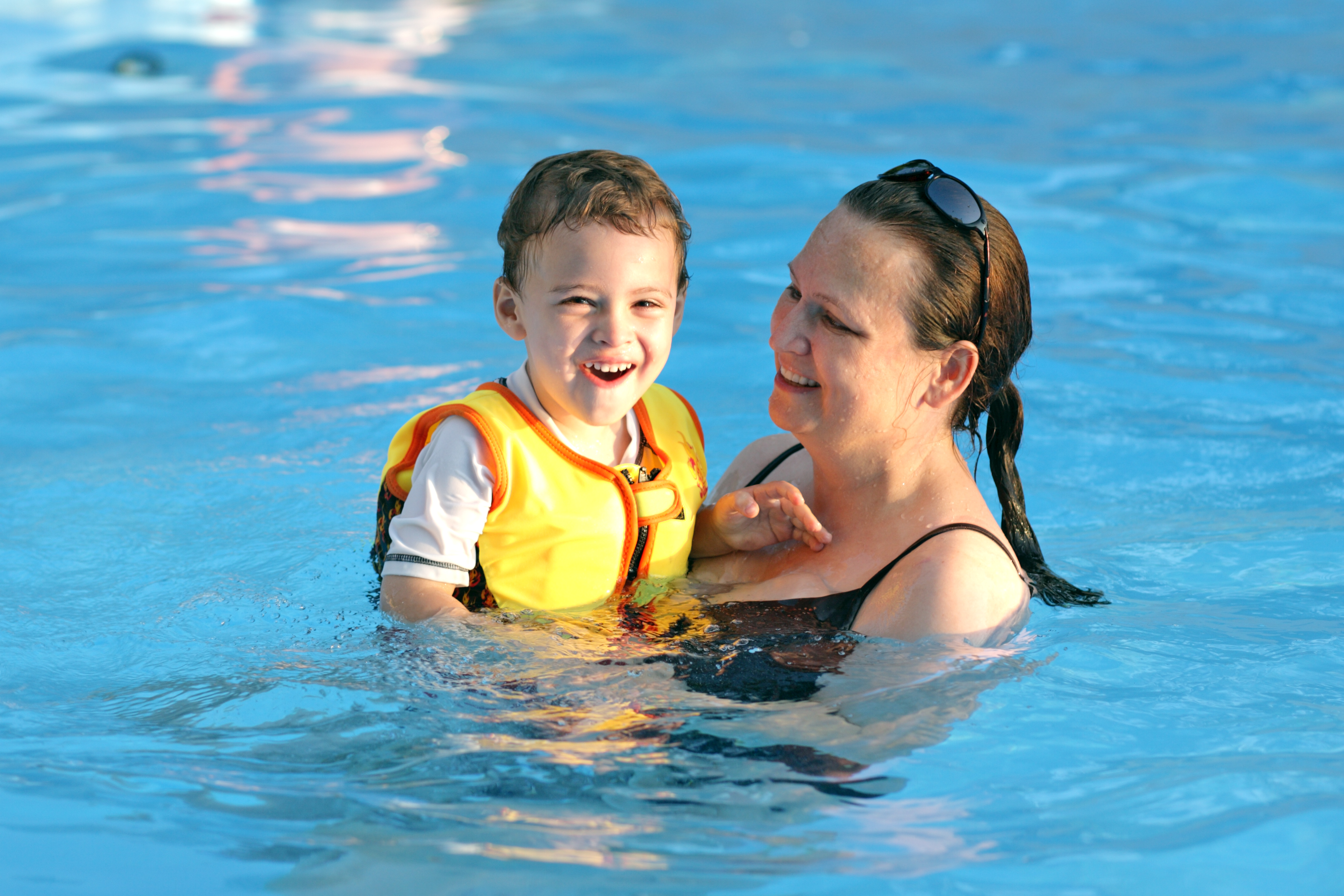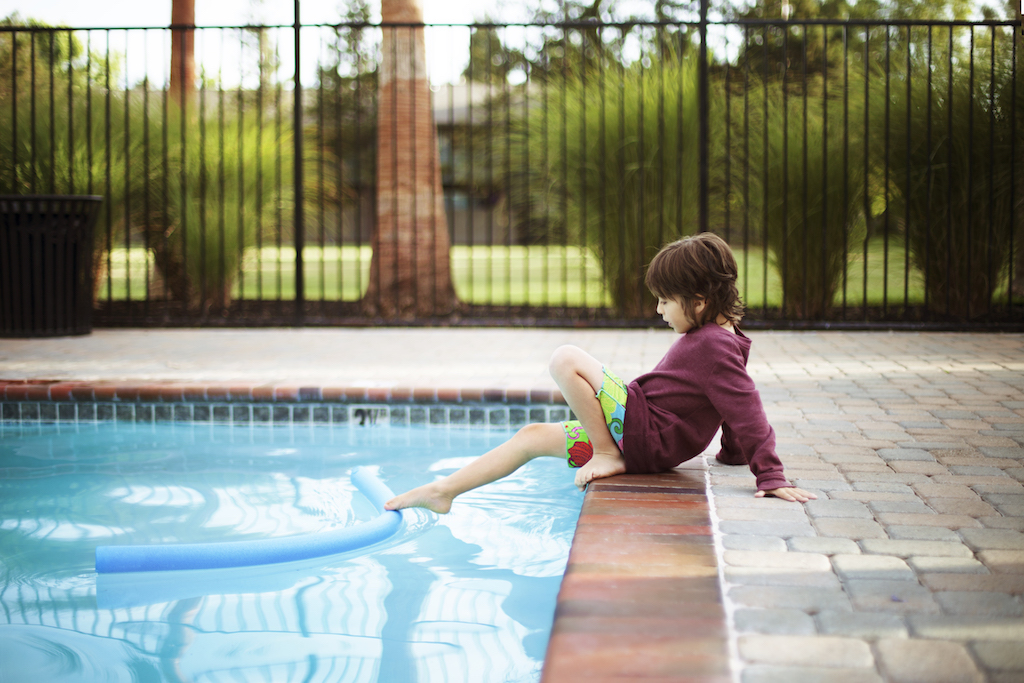
The Pool Safely campaign strives to keep all children safer in and around the water by urging everyone to practice simple water safety steps. Taking these practical steps to prevent child drownings is important for all families, especially those with a child who faces a heightened risk – such as a child with special needs like autism.
Pool Safely collaborators explained during a National Drowning Prevention Alliance webinar that children with autism often display a combination of behaviors, including wandering, impulsivity and either a love of water or extreme fear of water, that increases their risk of drowning.
According to data from the National Autism Association (NAA), accidental drowning accounted for 91 percent of total U.S. deaths reported in children with autism under the age of 15-years-old following an autism-related wandering incident between 2009 and 2011. *Additionally, 32 percent of parents having children with autism spectrum disorders reported a close call.
Parents of children with special needs should follow the tips below and talk to their child’s doctor about drowning prevention to develop an appropriate action plan tailored to their child.
Always Watch Children Around the Water

Never leave a child unattended in or near the water, and always designate an adult Water Watcher when kids are in or around the pool. This is vital for all children, including children with autism. Most autism-related wandering incidents occur during warmer months when pools and spas are likely to be more easily accessible and inviting. According to NAA, many autism-related wandering incidents take place during holidays, such as Memorial Day or Independence Day, family gatherings or outdoor activities, visits to non-home settings like a friend’s home or a vacation property, and when adjustments have been made to a home to accommodate warmer weather. Designating an adult Water Watcher every single time your child may be able to access a pool or another body of water provides an extra layer of prevention.
Enroll Your Child in Swimming Lessons
Knowing how to swim is a critical lifesaving skill that all adults and children should learn, including children with autism or other special needs. Many providers offer swimming lessons tailored to children with special needs, including some community pools that may offer lessons for free or at a reduced cost. Talk about swimming lessons with your child’s doctor and ask for local recommendations.
Install Layers of Protection

Layers of protection – including fences, pool covers and door alarms – are essential in keeping all children safer around pools and spas. These barriers can help to delay and prevent children from accessing the water unsupervised. Even with layers of protection, NAA suggests that searchers immediately check all nearby water if a child with autism is missing.
Talk to your child’s pediatrician to develop a tailored plan to keep your special needs child safer in and around the water. You can find additional resources on drowning prevention and autism from NAA, as well as via Pool Safely collaborators such as National Drowning Prevention Alliance, U.S. Swim School Association and the YMCA.
* NAA’s data has not been independently verified by CPSC.

